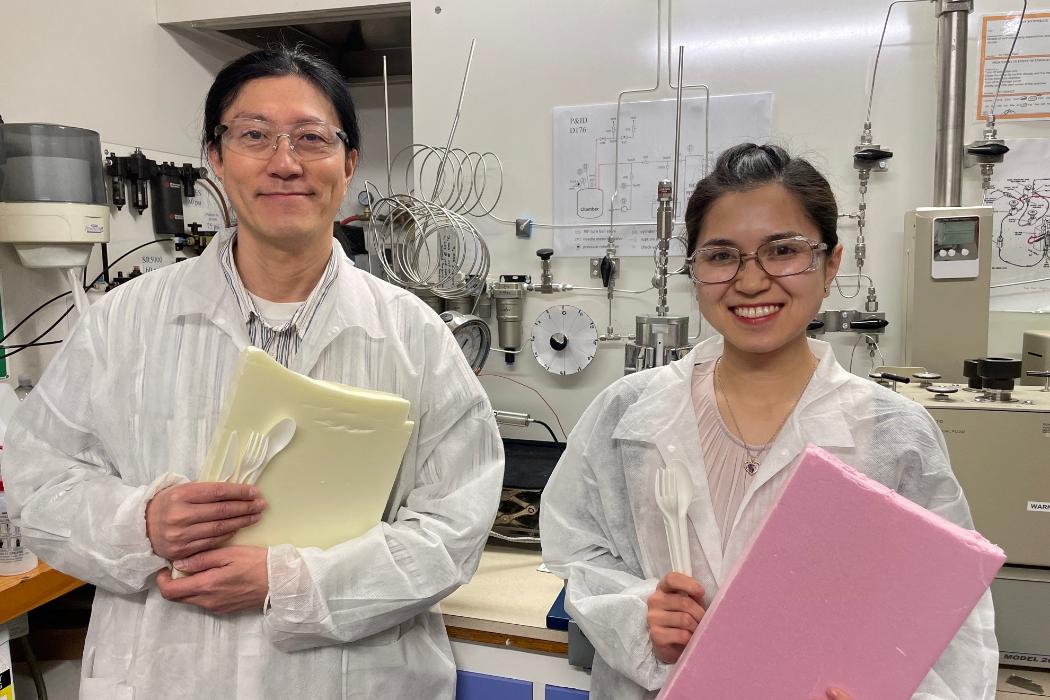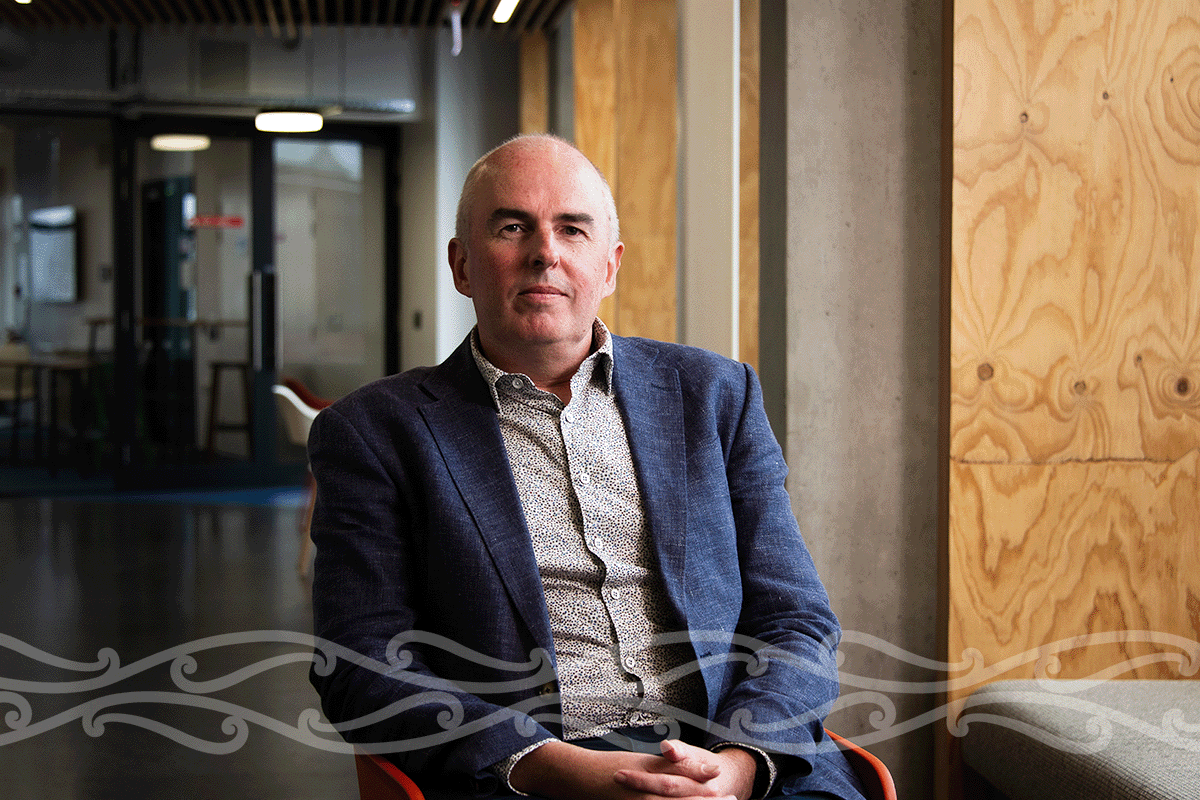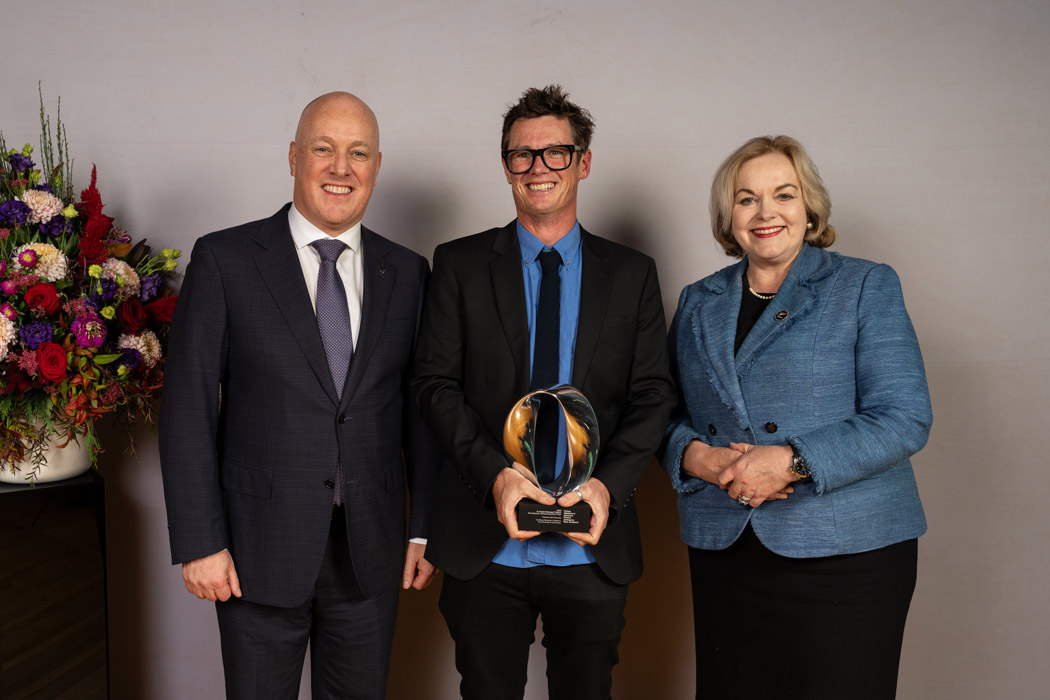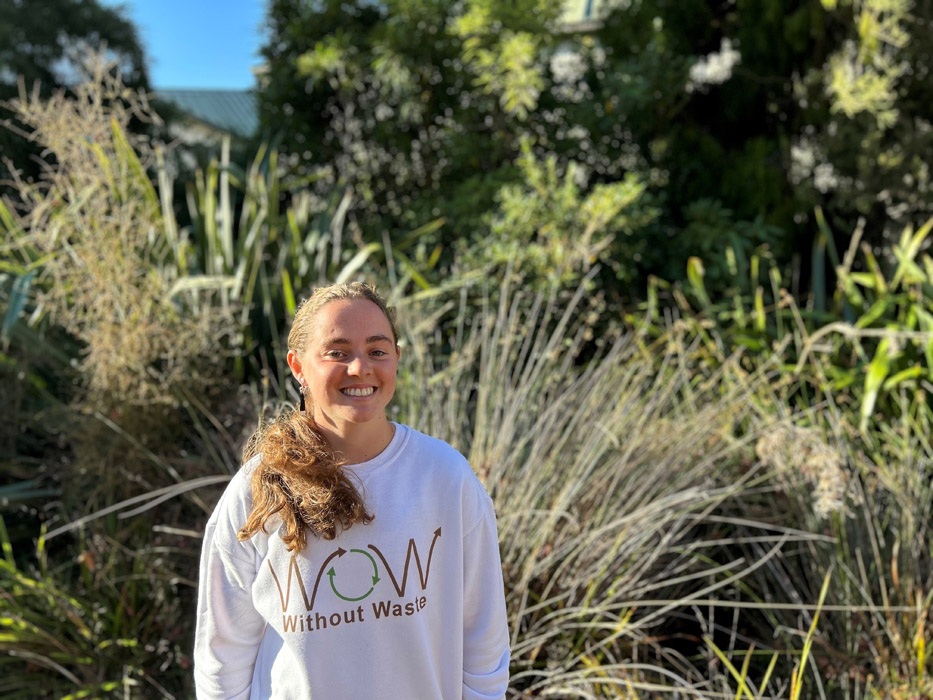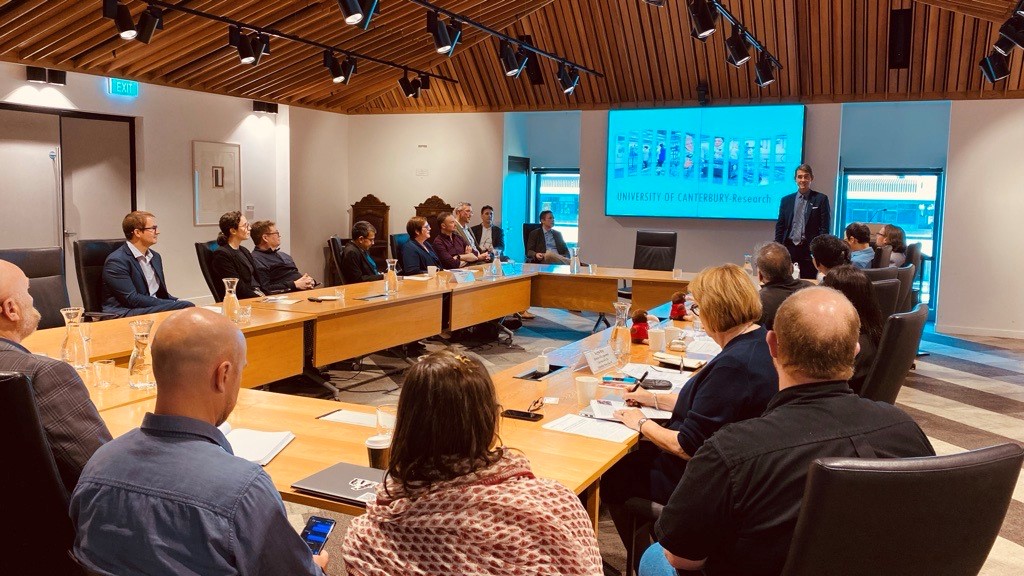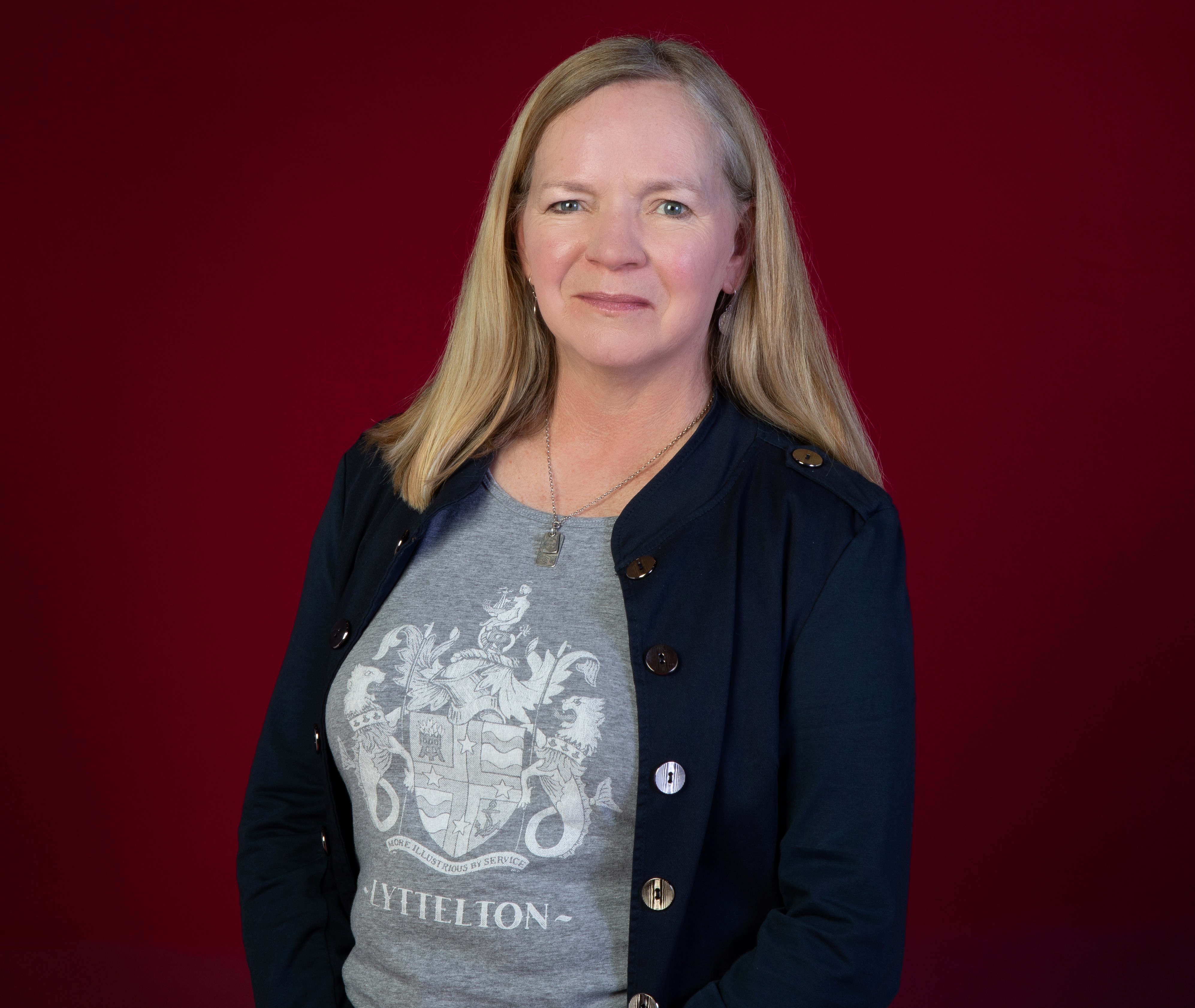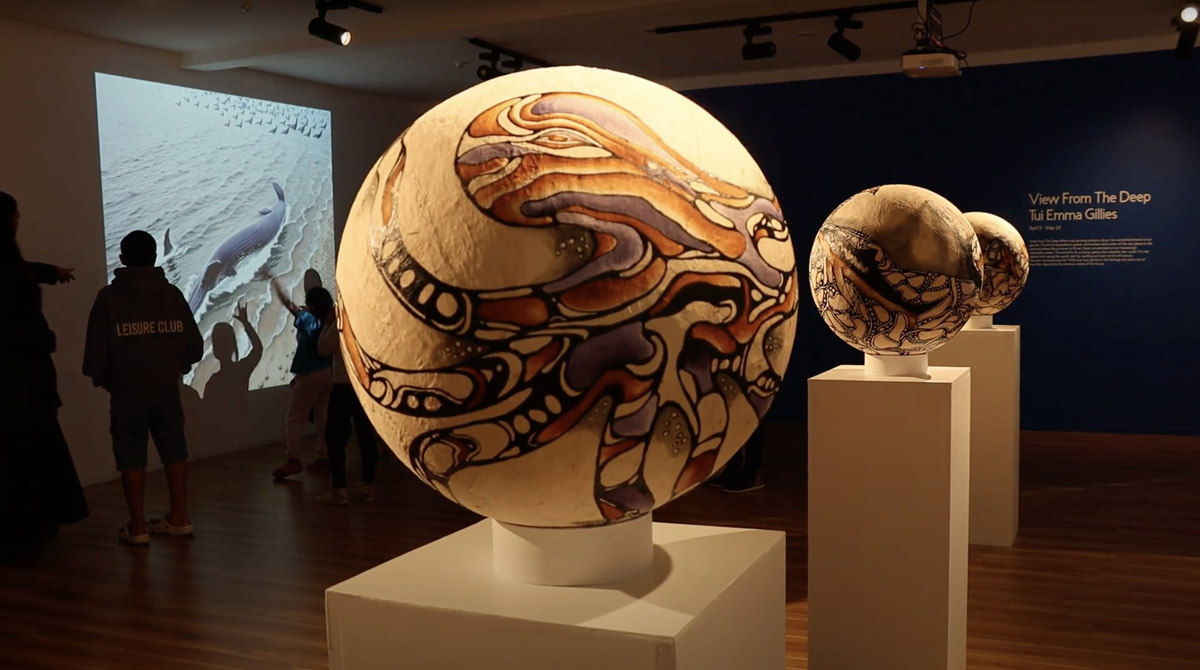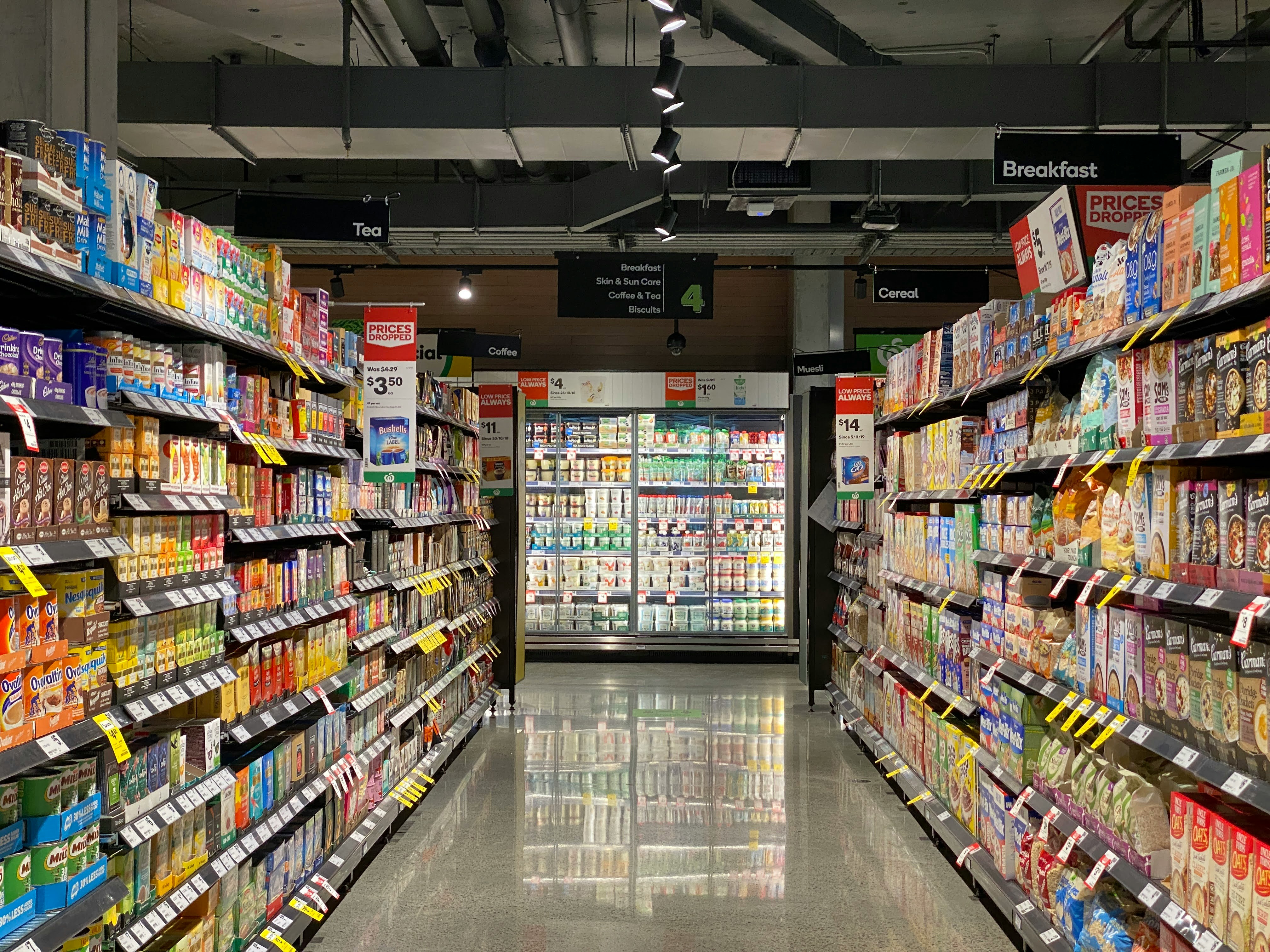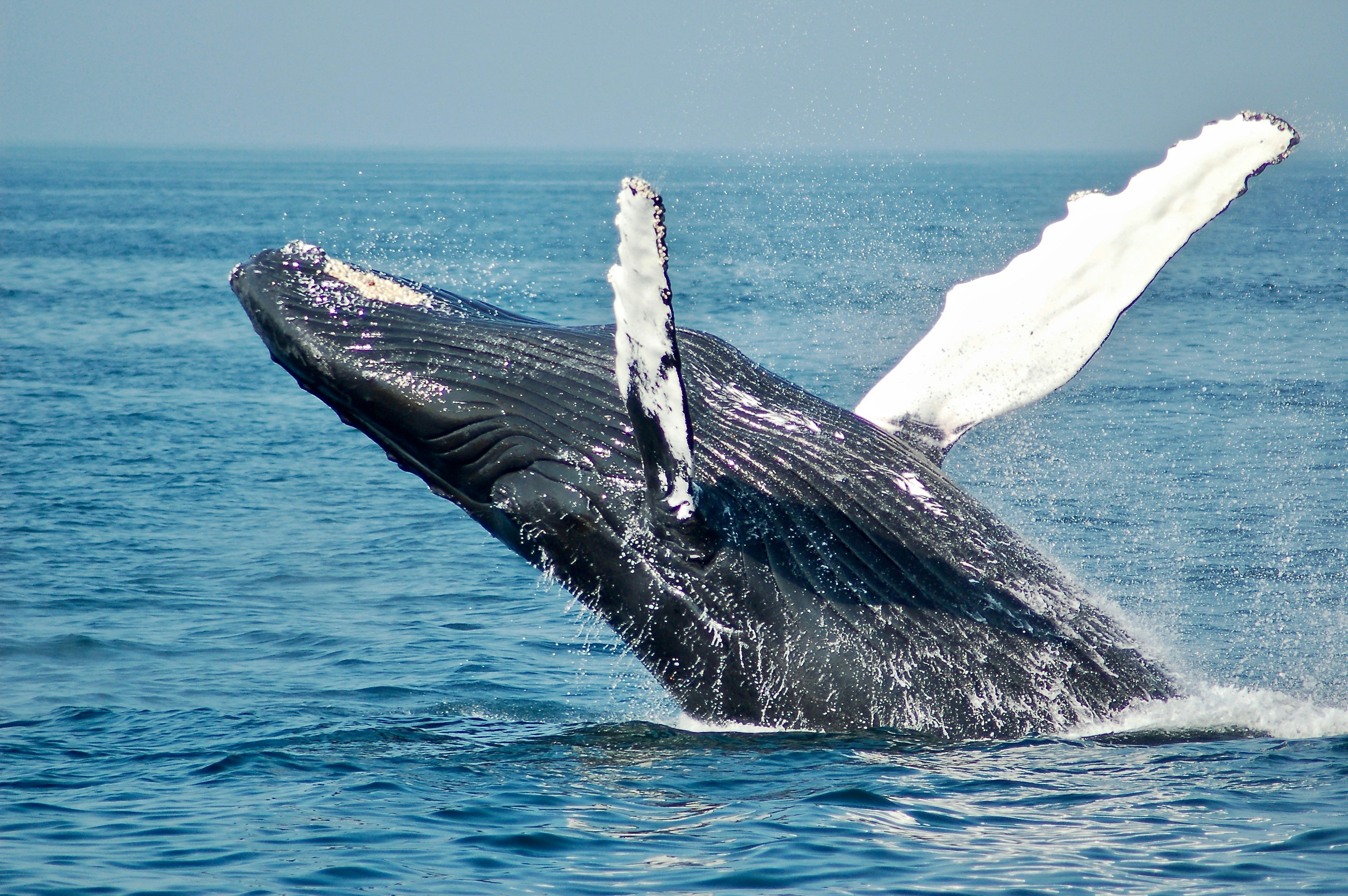UC Chemical and Process Engineering academic Dr Heon Park with co-author UC Engineering PhD student Lilian Lin and examples of the materials they're studying.
University of Canterbury (UC) Chemical and Process Engineering academic Dr Heon Park, who works in the Biomolecular Interaction Centre, along with co-authors UC Chemical and Process Engineering PhD student Lilian Lin, and BE(Hons) graduate Young Lee, have developed a method to convert single-use plastic, such as knives, spoons and forks, made from PLA into a foam that can be turned into insulation for walls or flotation devices.
What’s PLA?
Polylactic acid (PLA) is a plastic made of fermented starch from corn or sugar cane. It is designed to break down harmlessly, but if PLA enters the environment, it doesn't always break down as intended.
Dr Park, who studies biodegradable foams and the synthesis and processing of biodegradable plastics among his many fields of research.
How did they do it?
The researchers placed the cutlery, which was previously thought to be “non-foamable” plastic, into a chamber filled with carbon dioxide. As pressure increased, the gas dissolved into the plastic. When they suddenly released the pressure in the chamber, the carbon dioxide expanded within the plastic, creating foaming.
Dr Park says the process is like opening a can of soda and releasing the carbonation.
“By tweaking the temperature and pressure, there is a window where we can make good foams,” he says. “It’s not that every temperature or every pressure works. We found what temperature or what pressure is the best to make those non-foamable plastics into foams.”
Each time plastic is recycled, it loses a bit of strength. Foams are an ideal material because strength is not important in many applications.
“Whenever we recycle, each time, we degrade the plastics,” explains Park. “Let’s say we have a biodegradable spoon. If we use it and we recycle it back into another spoon, it may break in your mouth.”
The ideal structure of a foam depends on its final use. Bulky foams, which have large or plentiful air pockets, are good for buoys. The researchers found, contrary to what was previously thought, lower chamber pressures led to bulky foams.
Making biodegradable plastics recyclable could alleviate some of the global pollution issue. While biodegradable material eventually breaks down in nature, it is even better for the environment if plastics can be repurposed.
Biodegradable and recyclable plastics can be used more than once but are also less of an environmental threat if they end up in oceans or landfills. The team believes this process could be implemented on a large scale.
“We can expand foaming applications to a lot of plastics, not just this plastic,” says Dr Park.
- The research paper “Recycling and rheology of poly(lactic acid) (PLA) to make foams using supercritical fluid” by Heon E. Park, Lilian Lin, and Young Lee, appears in the journal Physics of Fluids, DOI: 10.1063/5.0050649
